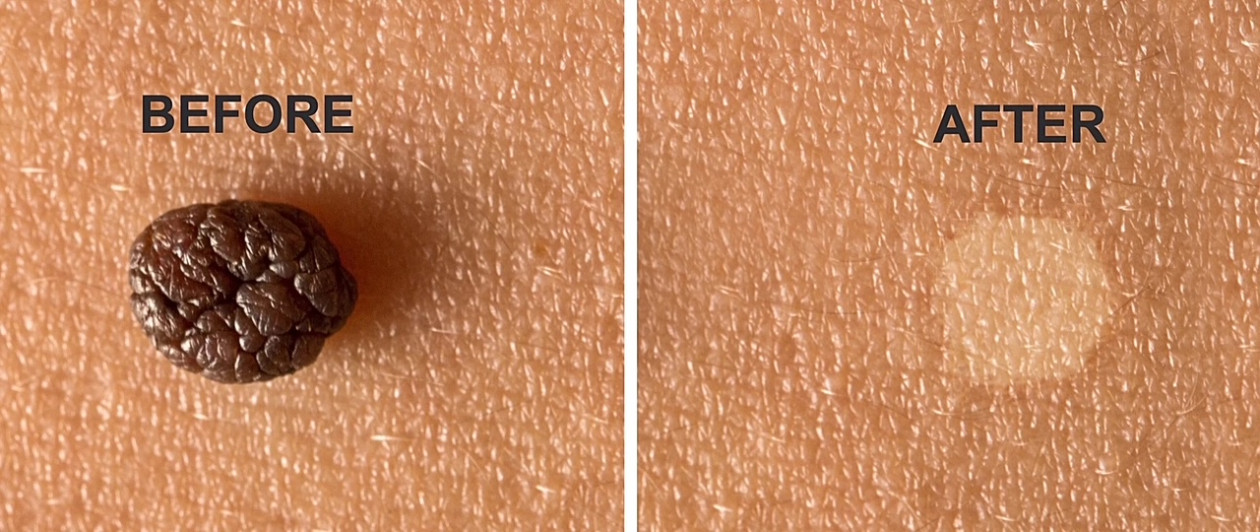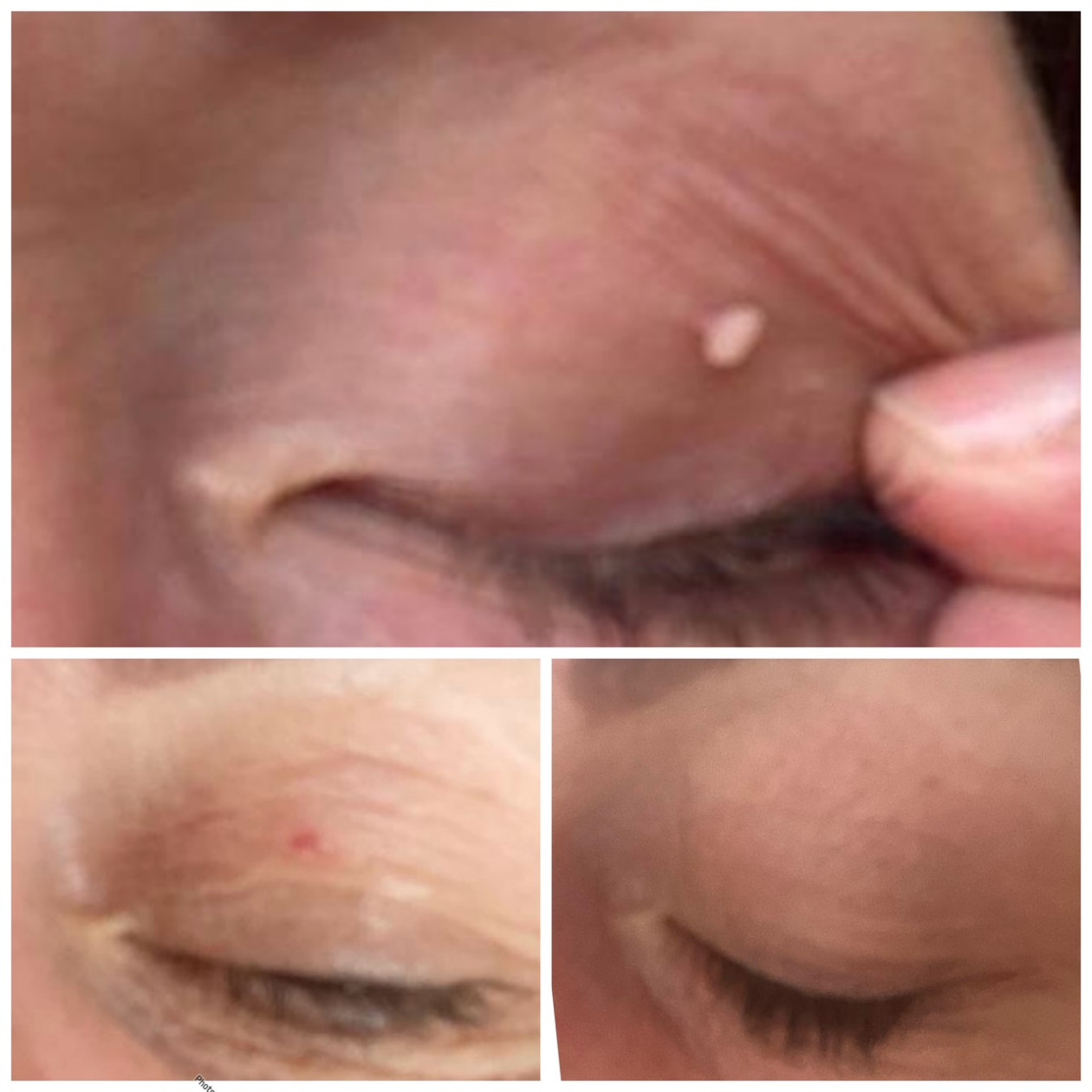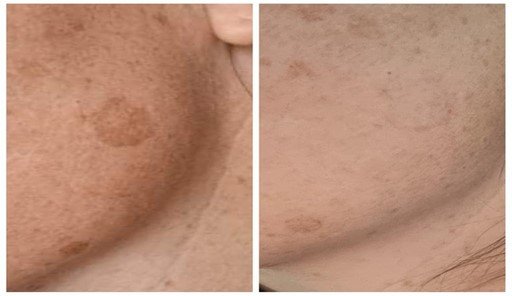Beauty, Cosmetic & Personal Care
removing-moles-warts--skin-tags--milia--lesions
Removing moles / warts/ skin tags / moles/ milia & lesions
To easily remove warts, moles, skin tags, clogged pores and milia there are a few methods of removal we like to use and we offer the Electrocautery RF method or Cryotherapy.
Electrocautery
How it works?
Electrical current is conducted via a handpiece which is then applied to the target tissue in order to “burn” or coagulate the specific area of concern. Using this technique, heat is passed through a resistant metal wire which is used as an electrode. This hot electrode is then placed directly onto the treatment area destroying that specific tissue. It is a fast process, detailed, typically leaves no scar and with very minimal recovery time.
Cryotherapy
How it works?
Cryotherapy is a medical treatment that uses extreme cold to destroy abnormal tissue. We use this method to treat skin conditions. Liquid nitrogen is applied to the skin with a cotton swab or spray gun to freeze and destroy the lesion. This is a fast process but it takes 3-7 days for the skin concern to be totally removed. Usually this method is used on warts and verruca's due to their thick build up of keratin ( a hard protein in your skin).
What can be removed?
Moles, also called birthmarks or nevi, are the result of melanocytes (the skin’s melanin-producing cells) growing in clusters. Most moles are completely benign, but they can in rare cases become cancerous. People commonly remove moles for cosmetic reasons, or because there is a skin cancer risk.

Milia seeds (oil seeds) are white or yellowish, keratin-filled cysts /”bumps” that are about 2 millimetres in width and form just under the skin. They are not dangerous and are painless and usually develop around the nose and eye regions although they can occur any where else on the face and body as well.
A skin tag is a small piece of soft, hanging skin that may have a peduncle, or stalk. They can appear anywhere on the body, but especially where skin rubs against other skin or clothing.

They often go unnoticed, unless they are in a prominent place or are repeatedly rubbed or scratched, for example, by clothing, jewelry, or when shaving. Some people may have skin tags and never notice them. In some cases, they rub off or fall off painlessly. Very large skin tags may burst under pressure.
There are many different types of warts. There are differences in how they look and where they’re normally found on your body. The most common types affect the skin on your hands, feet and other parts of your body.
These are firm, raised growths with a rough surface – they might look like a very small cauliflower. They’re normally greyish-white or light brown, and usually a few millimetres across. This type of wart is most commonly found on your hands, fingers or knees.
Verrucas are warts on the soles of your feet. They may have tiny black dots in the centre – these are blood clots that have formed in tiny blood vessels. They may be painful, especially when you put weight on them. Sometimes, if you have clusters of verrucas, they can fuse together. These are called mosaic warts.
Plane warts are round, smooth and slightly raised, with a flat top. They can be slightly brown, greyish-yellow or skin-coloured. They’re most common on your face and the backs of your hands. You will often have more than one at a time.
These have a finger-like appearance, sometimes with a stalk. They’re most commonly found on your face or neck.
Skin pigmentation is a common condition that can be triggered by various factors. The three leading causes of skin pigmentation are genetics, sun exposure, and particular medications.

It looks like uneven dark patches over the skin that can be pink, brown, red or black. Skin that contains more pigment (with darker skin tones) is at a higher risk of post-inflammatory hyperpigmentation.
